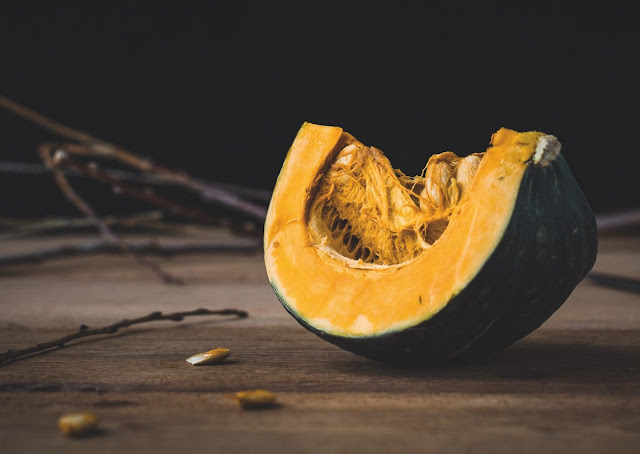Traditional Day of the Dead Ligurian food
"Pan dei morti" (Lombardy, Liguria...), "fave dei morti" (Lombardy, Marche, Umbria, Lazio...), "ossa da mordere" (Piedmont, Valtellina...), "ossa dei morti" (Savona, Piedmont, Veneto, Sicily...), "torrone dei morti" (Naples)... Our ancestors thought that the souls of the departed visited their loved ones, a visit to be honoured with sweets and biscuits.
It is necessary to propitiate the dead with affection and devotion. In ancient Egypt, foodstuffs were placed with the corpse and were painted or carved on walls and sarcophagi to feed it in the afterlife -
In the season of the dead, the earth itself changes its rhythm; the newly sown wheat inaugurates a long journey, hypogeous yet symbolic, towards germination and spring; families exchange gifts, representing the links of the community to face rigid winters: fava beans (icons of regenerating force), chickpeas, bread, cabbage, pumpkins, carne salada, chestnuts, walnuts, dried figs, pomegranates, not to forget (occasionally) frutta martorana (marzipan).
As for Liguria, after the "becco" (chicken) enjoyed on November 1st, we refer mainly to
1) stocche (stockfish) and bacilli (small, dried fava bean variety);
2) balletti, or ballotte, i.e., fresh chestnuts boiled in their skins, adored by children, who once also played with officioli, i.e., small candles;
3) pan (i.e., bread) dei morti/ossa (i.e., bones) dei morti. The pan dei morti is made of crumbled dry biscuits and usually includes flour, cocoa, dry white wine, dried fruit, cinnamon, and egg white. The ossa dei morti feature a poorer dough (flour, sugar, hazelnuts or almonds, a leavening agent, sometimes lemon zest, etc.) and resemble a flat breadstick (though sometimes they are round). When baked, they become white and crumbly like bones. The best wine matching is always a passito, served at 14°C in small tulip glasses.
My English abstract of Umberto Curti's article, as published in Liguria Food
This is the fascinating world of tastes and crafts that LiguriabyLuisa discloses to foreign markets and buyers (tour operators, travel agencies, organizations, associations, food&wine dealers and import/export professionals....).
Would you like to know more? Contact me and detail your queries.



Comments
Post a Comment